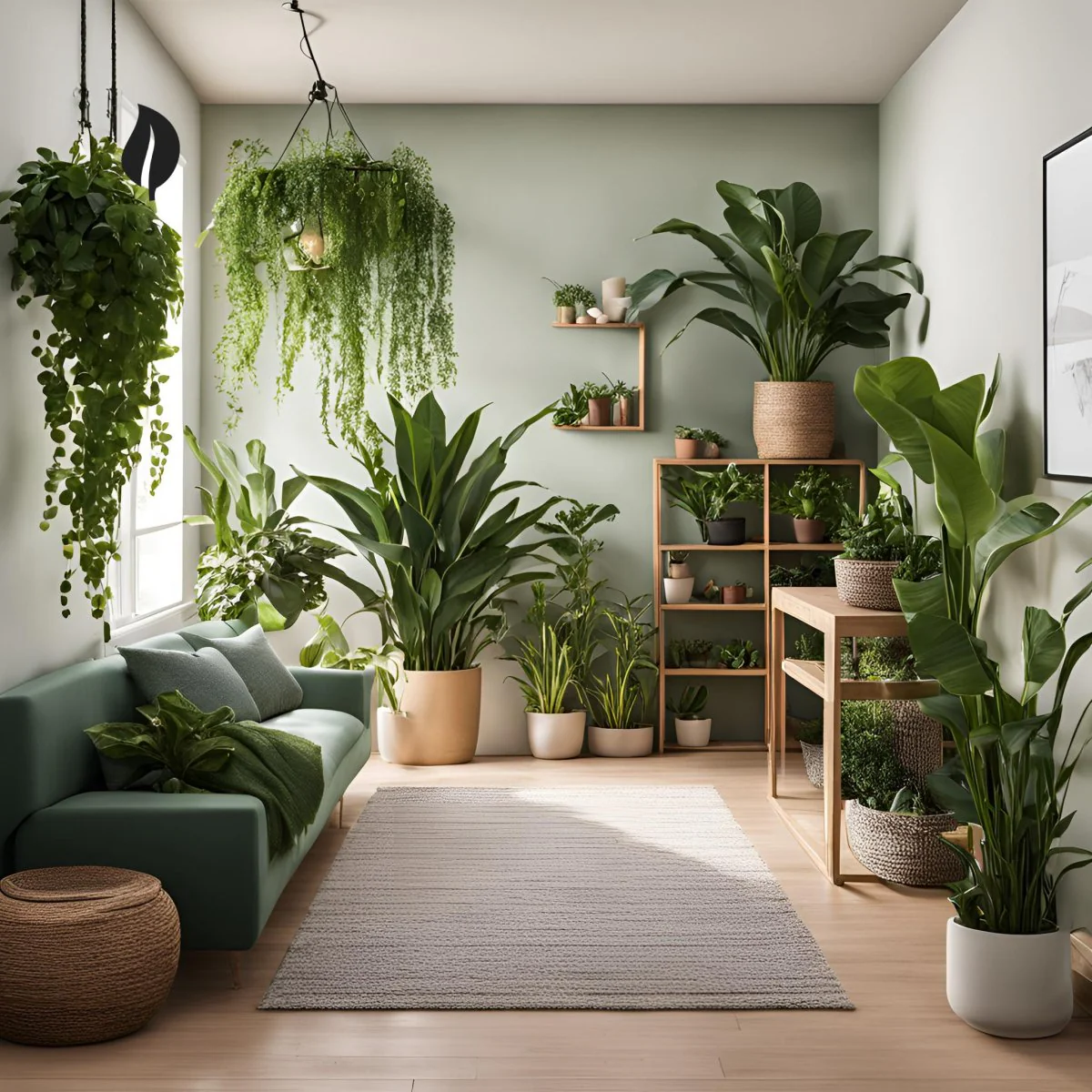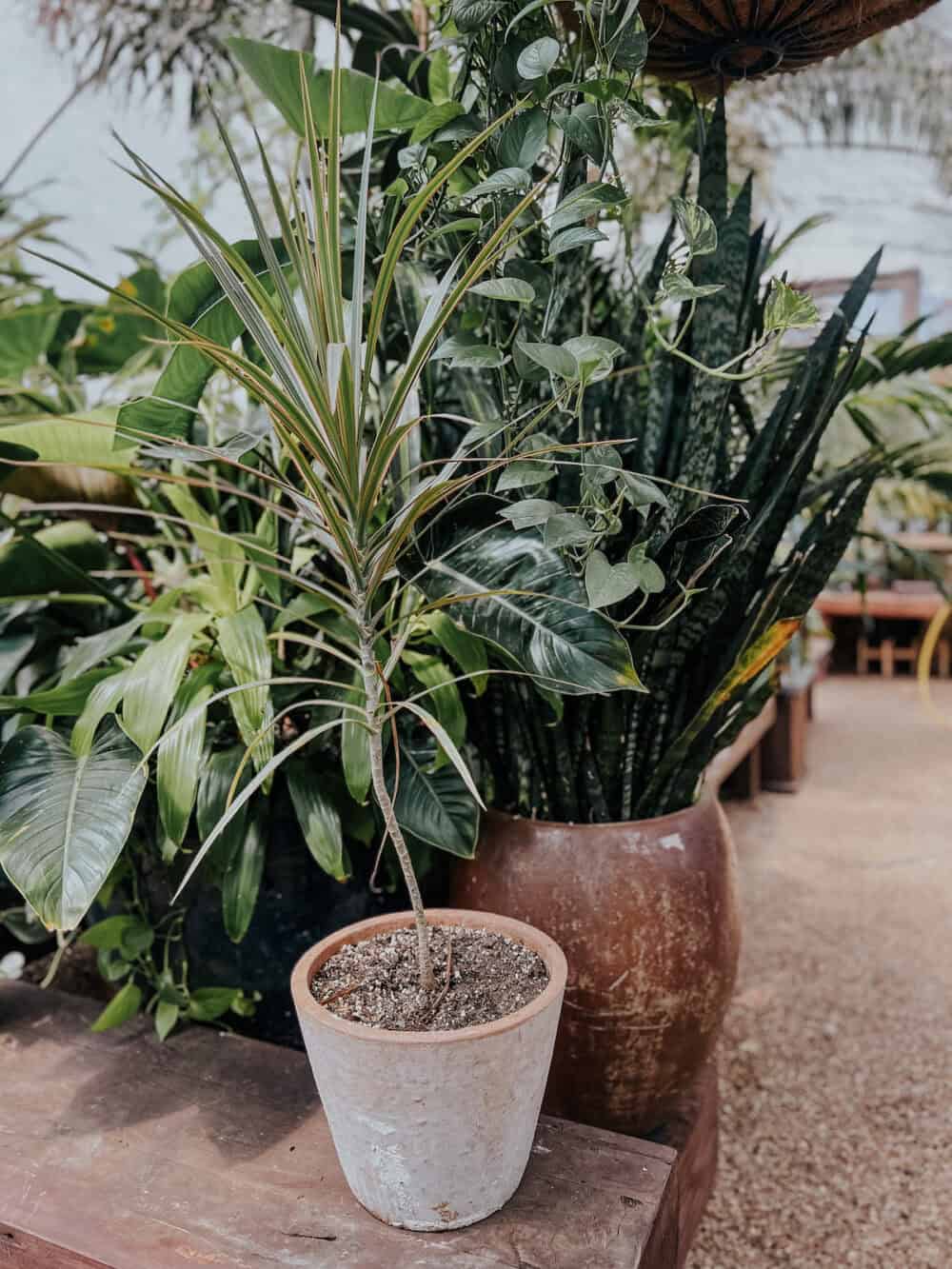Where to Place the Best Low-Light Indoor Plants in Your Home for Maximum Impact
Discover the very best Low-Light Indoor Plants for Enhancing Your Home Décor
Integrating low-light indoor plants right into your home decor can significantly improve both visual appeals and environment, especially in rooms that lack bountiful natural light. Ranges such as the Snake Plant and ZZ Plant not only bring life to lower edges yet likewise contribute to improved air top quality and overall well-being.

Why Choose Low-Light Plants
Why go with low-light plants in your indoor rooms? The modern-day living atmosphere usually offers obstacles such as restricted natural light, making it challenging for conventional houseplants to flourish. Low-light plants are particularly adapted to flourish and endure in these problems, offering a sensible solution for people seeking to improve their interior rooms without the added stress and anxiety of preserving more light-demanding plants.
Along with their durability, low-light plants contribute substantially to the aesthetics of a room. Their varied array of shapes, dimensions, and colors permits one-of-a-kind interior design chances, creating welcoming and vivid environments. In addition, indoor plants are known for their air-purifying high qualities, improving indoor air top quality by filtering system toxic substances and launching oxygen, which can improve overall wellness.
Low-light plants likewise need very little upkeep, making them especially attracting busy individuals or those brand-new to horticulture. Their versatility permits positioning in various environments, from office to poorly lit edges of the home. By picking low-light plants, you can appreciate the advantages of plant without the restrictions that commonly accompany conventional gardening, inevitably cultivating a much healthier and extra aesthetically attractive indoor setting.
Top Low-Light Indoor Plants
For those looking for to improve their indoor areas with greenery that grows in low-light conditions, numerous plant alternatives attract attention for their strength and visual allure. The Snake Plant (Sansevieria trifasciata) is a preferred choice, understood for its upright, sword-like leaves and capability to endure disregard. This durable plant can make it through in dimly lit areas while improving interior air quality.
An additional exceptional option is the Pothos (Epipremnum aureum), characterized by its heart-shaped leaves and tracking creeping plants. Pothos is not just versatile to low light yet likewise provides a striking aesthetic contrast when put on racks or hanging baskets.
The ZZ Plant (Zamioculcas zamiifolia) is equally impressive, flaunting shiny, dark green fallen leaves that can brighten up any corner. Its drought resistance makes it perfect for hectic house owners.
Care Tips for Low-Light Plants
Exactly how can you guarantee that your low-light indoor plants flourish in spite of limited sunlight? Initially, pick the ideal potting mix that supplies good drainage while keeping moisture. A well-aerated soil, such as a mix of potting soil and perlite, can help avoid root rot.
Watering is important; low-light plants normally need much less regular watering contrasted to their sun-loving counterparts. Always examine the top inch of the soil-- if it feels dry, it's time to water. Beware of overwatering, as this can lead to fungal issues and origin degeneration.
Feeding low-light plants need to be done moderately - Best low-light indoor plants. Utilize a well balanced, water-soluble plant food during the growing season, but minimize or get rid of fertilization in the dormant months
Furthermore, dirt can gather on fallen leaves, preventing photosynthesis. Gently wipe the leaves with a wet fabric to keep them tidy.
Last but not least, observe your plants very closely. Signs of distress, such as yellowing leaves or leggy development, can suggest that your plant requires changes in care (Best low-light indoor plants). By following these treatment ideas, your low-light indoor plants can thrive, including charm and vigor to your home
Imaginative Ways to Display Plants
Elevating the visual charm of your interior space can be attained by attentively displaying your low-light plants in innovative methods. Consider utilizing vertical area to your benefit; wall-mounted racks can display trailing plants like pothos or philodendron, adding lushness while saving flooring room. Conversely, use plant stands of varying elevations to create visual passion and deepness, drawing the eye upwards.
Hanging planters are one more outstanding option, supplying a dramatic impact when put on hold from the ceiling or hooks. Macramé hangers can introduce appearance and bohemian style, while contemporary ceramic wall mounts can match a minimal aesthetic. For a much more cutting-edge approach, repurpose unique containers such as classic teacups or glass jars, which can add character to your display.
Grouping plants in clusters is likewise effective; usage differing pot read what he said dimensions and shades to create a cohesive appearance. This approach not just boosts visual influence but likewise offers an all-natural environment feeling - Best low-light indoor plants. Take into consideration placing plants near light resources like lights or home windows to maximize their development and showcase their lively vegetation, therefore enhancing the general atmosphere of your indoor atmosphere.
Benefits of Indoor Greenery
Many researches have shown that integrating interior plant right into your space supplies a multitude of benefits, boosting both physical and mental wellness. One of the most considerable advantages of interior plants is their capacity to enhance air top quality. Plants take in co2 and release oxygen, creating a much healthier atmosphere while likewise removing unsafe toxic substances, therefore advertising respiratory wellness.
Moreover, the presence of plant has been connected to lowered stress levels. Research study shows that interacting with plants can decrease cortisol levels, which are associated with anxiety. This calming effect can lead to enhanced mood and raised productivity, making indoor plants a suitable addition to work areas.
Furthermore, indoor plant can enhance cognitive function. Studies recommend that atmospheres enriched with plants can result in raised focus, creative thinking, and overall mental quality. The visual charm of indoor plants also adds to a more inviting and pleasant atmosphere, positively influencing social communications and overall fulfillment within a room.
Final Thought

Including low-light interior plants right into your home decoration can considerably boost both visual appeals and ambience, particularly in spaces that do not have abundant natural light. Ranges such as the Snake Plant and ZZ Plant not only bring life to lower corners but also add to boosted air top quality and general health. Interior plants are recognized for their air-purifying high qualities, boosting interior air top quality by filtering system toxins and launching oxygen, which can improve general wellness.
For those seeking to enhance their indoor spaces with plant that prospers in low-light conditions, a number of plant choices stand out sites for their resilience and aesthetic charm. my site These resilient plants, such as the Snake Plant and ZZ Plant, grow in dim problems and call for minimal upkeep, making them appropriate for different way of lives.